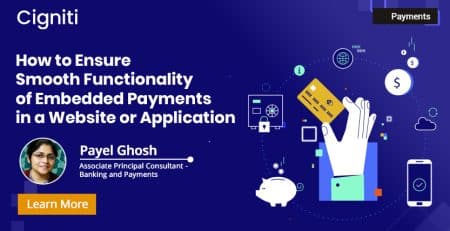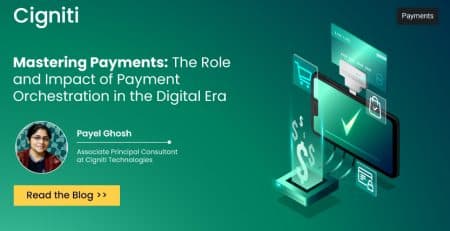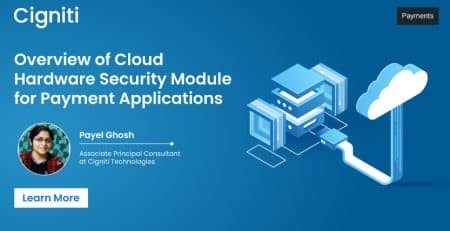Empowering Transactions Beyond Networks: The Future and Security of Offline Payments in a Digital Era
On many occasions, your mobile phone may be out of network coverage. Or you may be traveling in a remote area without network connectivity. In this digital era, don’t you think you should be given the option to pay digitally in such situations, even when there is a network issue? Being able to pay digitally is far better than the need to carry cash for payments, but that is a separate topic on which we can have a particular blog later.
With this digital era’s advent and the rise of digital payments in the last few years, banks and payment players are developing innovations daily. Facilities such as offline payments, which means payments not dependent on the Internet or cellular networks, are being provided to customers so they can pay digitally by several other means without being dependent on a particular network and technology.
Who will benefit from this?
- People who want digital transactions in locations with poor network or internet connectivity or outages.
- Small merchants and businesses that do not have consistent network connectivity but are motivated to serve customers who want to pay digitally.
- Agencies and NGOs working in remote locations
- Travelers and tourists who travel to offbeat places
- Itinerant Retailers who do not have a fixed place of business and travel to places having low network connectivity
Payments without the Internet indicate that the online communication channel is interrupted so that the payer can use offline payment technologies like QR codes, Near Field Communication (NFC), or Bluetooth between devices such as smartphones or tablets.
Payment without a network has a broader aspect where the cellular communication infrastructure is disrupted. In this case, in addition to offline technologies like NFC, QR, and Bluetooth, alternative networks like satellite networks, peer-to-peer networks, and mesh networks may be used for payment.
What are some of the different ways customers can make offline payments?
Various methods enable customers to conduct offline payments. Offline POS terminals are equipped to store transaction data and process payments when Internet connectivity is available, utilizing NFC and Bluetooth technologies for card swipes. Similarly, offline mobile payment apps and digital wallets store payment information until connected to the Internet, employing technologies like NFC and QR code scans.
Additionally, prepaid cards or vouchers and smart cards store a predetermined amount that can be deducted during the offline payment process. Unstructured Supplementary Service Data (USSD) Payments involve dialing a number and performing menu-based operations to process payments offline, utilizing the mobile network’s signaling channel for communication. Another method is peer-to-peer money transfer between two devices through Bluetooth or NFC technologies.
Given that these transactions occur offline, securing them against fraud is crucial. Strategies to ensure transaction security include encrypting and securing payment data stored in POS devices and mobiles. Tokenization is implemented to safeguard actual data from breaches. Offline transactions may require a password or biometric authentication, with two-factor authentication using such means being essential. Setting transaction amount limits and thresholds for offline transactions adds an extra layer of security. Moreover, authentication of offline cards and devices can be achieved through digital certificate exchange, secure key exchange, or unique identifiers.
How do offline payments work?
Offline payments operate through a specific sequence of steps. Firstly, in offline mode, transaction data is stored internally in the terminal instead of being immediately sent to the payment processor for authorization. The payment terminal then evaluates and approves the transaction based on predefined rules and limits, considering factors such as available funds on the card or wallet and offline transaction limits set by the payment provider. Subsequently, the transaction is internally recorded in the terminal or app, and a transaction receipt is transmitted to the customer. Upon regaining internet connectivity, the terminal synchronizes the offline transaction data with the issuer and payment processor. The issuer then reconciles the data for accounting purposes, ensuring a seamless integration of offline transactions into the overall payment system.
Since there is no online verification by the issuer or payment processor, do you think transactions will always be approved in offline payments? No, transactions can be declined as well. Transactions will be declined in the below scenarios:
- Suppose the transaction is above the offline payment transaction limit. Payment methods and terminals have a transaction limit set for offline transactions, which is checked while processing the transaction.
- Transactions with expired or blocked cards.
- If the user’s account lacks sufficient funds to cover the offline transaction amount.
What do you think is the future of payments without network coverage?
The future landscape of payments without network coverage is poised for significant evolution across various contexts. Firstly, in rural areas with limited or no network connectivity, the prevalence of offline payments is expected to rise. Utilizing offline payment cards, mobile device apps, and messaging services will become increasingly common in these regions. Simultaneously, developing countries grappling with limited internet access and low smartphone penetration will likely embrace offline payment solutions.
In public transportation, including buses, trains, subways, ferries, and airplanes, offline payments are anticipated to play a pivotal role. Contactless payment systems, smart cards, and mobile ticketing apps will facilitate efficient and rapid ticket purchases, independent of internet or cellular connectivity, thereby mitigating large queues.
Moreover, the scope of offline payments extends to various consumer transactions, ranging from payments for food, beverages, and merchandise to participation in events, festivals, conferences, and concerts. In these scenarios, offline payments, facilitated by solutions like wristbands and prepaid cards with biometric authentication, are expected to streamline the payment process.
Cashless transactions through offline payment solutions will enable access to goods and services in disaster-prone or emergency areas where internet or cellular connectivity may be severely impacted. Similarly, in informal markets, the growth of offline payment solutions, mobile payment apps, and portable POS devices is anticipated.
Furthermore, offline payments are poised to be particularly relevant within the domain of travel and tourism. This is especially true for destinations where internet connectivity is unreliable or prohibitively expensive for visitors. Offline payments will empower tourists to seamlessly pay for accommodations, food, purchases, and other services without dependence on the internet or local cellular networks, enhancing the overall travel experience.
What is needed for the growth of digital payments without the Internet?
Several factors are essential for fostering the growth of digital payments without the Internet. First and foremost is the necessity for user awareness and education regarding the available offline payment options and their operational procedures. This awareness extends to understanding the security measures in place and the benefits associated with offline payments, playing a pivotal role in driving the adoption of such payment methods and cultivating trust in the systems, ultimately contributing to revenue growth.
Moreover, the development of offline payment infrastructure and an increase in device compatibility are crucial components for expanding digital payments without an internet connection. As part of this ecosystem, encouraging more merchants to accept offline payments becomes instrumental in facilitating the widespread use of such transactions.
Exploring the future of offline payments involves embracing innovations, such as blockchain-based offline transactions, which can further enhance the efficiency and security of digital payments. Most importantly, a focus on marketing the benefits and privileges of these payment methods to individuals who genuinely require such innovations is paramount. Building trust among users through effective communication and education is a central objective for the sustained growth of digital payments without internet dependency.
Conclusion
Cigniti, with its deep payment domain knowledge and testing expertise, can provide consultancy and help you implement payment solutions.
You can contact us if you want to implement or test any payment solution, whether online or offline, embedded or integrated within your application.





Leave a Reply